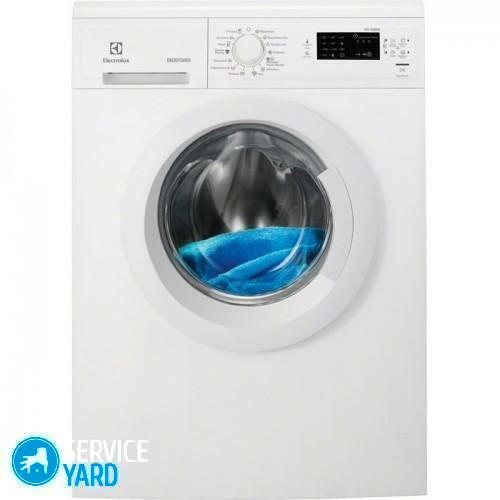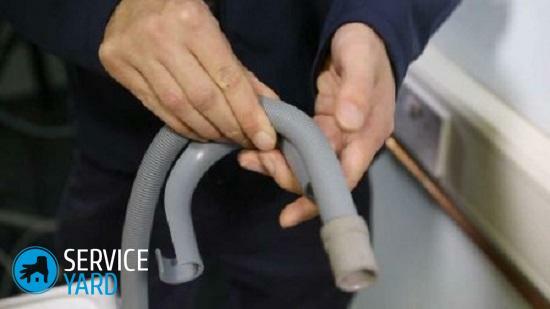It is not a problem to buy material for modeling today. Here you have plasticine, clay, and self-hardening plastic, or, as it is also called, cold porcelain. Despite the competition among manufacturers, the quality of such material is often, to put it mildly, below average. So why not make such a self-hardening plastic yourself at home? Moreover, there are practically no difficulties in this. And a minimum of ingredients is required.
Read in the article
- 1 What is required to make cold porcelain at home
- 2 Kneading process for self-hardening plastic
- 2.1 Mixing the mass, bringing it to the desired consistency
- 2.2 The last moment in kneading not to be missed
- 3 Coloring the mass in the desired shade
- 4 What is self-hardening plastic used for?
- 5 Final word
What is required to make cold porcelain at home
In the pantry, there is often a lot of different material that was not consumed during the repair. In addition to scraps of wallpaper, linoleum and paints, you can find remnants of polymer-based glue there, although even PVA is suitable for today's purpose.
In addition to the glue base, it is necessary to prepare starch (corn or potato) and a little vegetable oil. When all these ingredients are collected, you can start kneading the modeling mass.
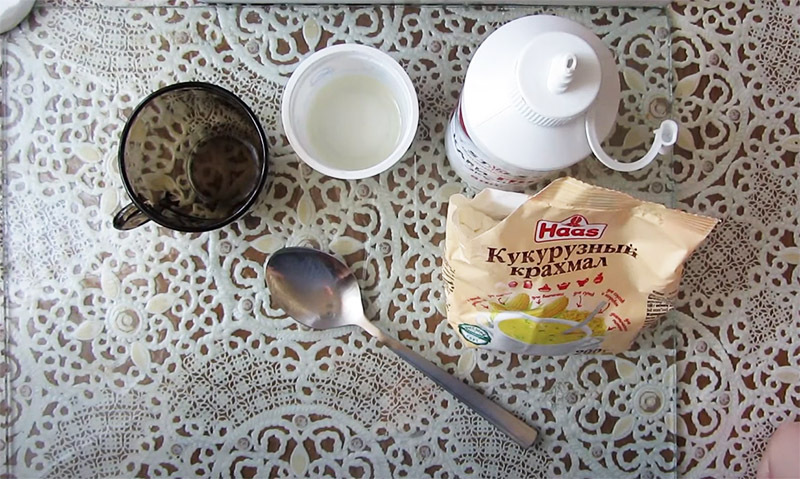
Kneading process for self-hardening plastic
Let's make a reservation right away that it is better to knead the sculpting mass by hand, after putting on gloves. Although you can do otherwise using a spoon. Only in this case should you be prepared for the fact that your hands will have to be cleaned.
Using a spoon, the starch can be poured into the mixing cup. There are no specific proportions here. If we talk roughly, then a couple of tablespoons are enough for a start. Next, polymer glue, or PVA (about a tablespoon), is added to the dry starch, and the composition is mixed.
When stirring with a spoon, you can face such a problem - dry starch will scatter on the table with every careless movement. Therefore, you need to be very careful.
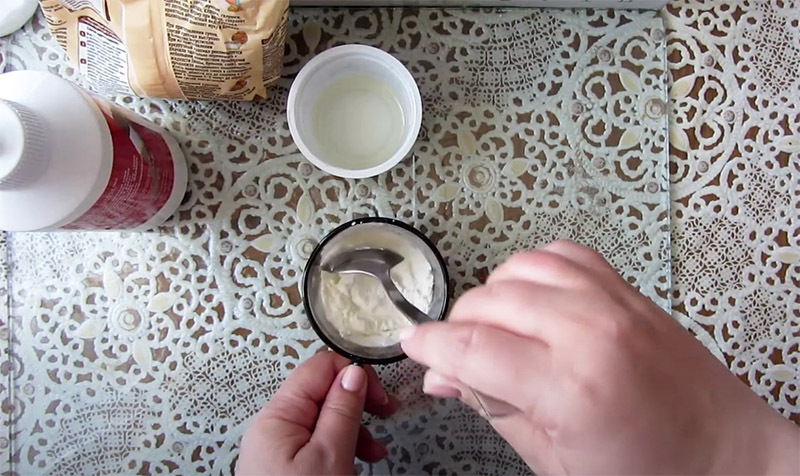
Mixing the mass, bringing it to the desired consistency
When the ingredients are mixed, you need to knead the self-hardening plastic by hand. To do this, you first need to grease your hands with sunflower oil. Also, about a teaspoon of oil will need to be added to the kneaded mass.
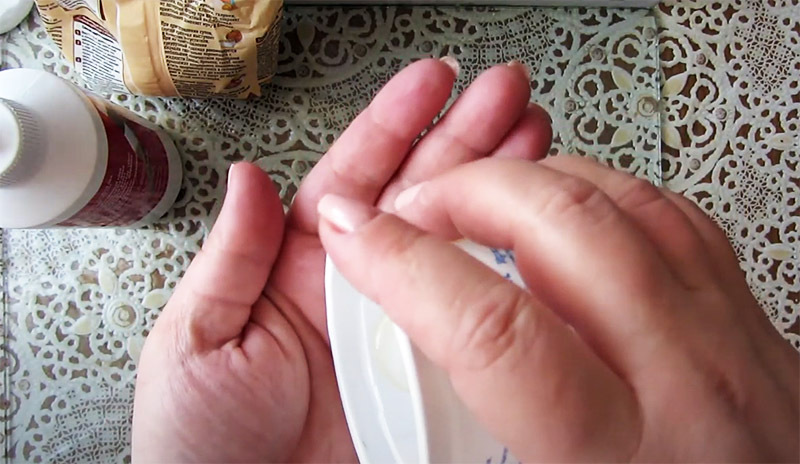
The consistency of the mass should be similar to elastic dough or children's plasticine. But at the same time, you can feel how much more "responsive" it is. Even in appearance, this composition will resemble molten plastic. It is already possible to sculpt various shapes, figures or decorations from it.
Another advantage of this composition is that it can be painted after drying. The paint adheres to the material very well and does not fly off over time.
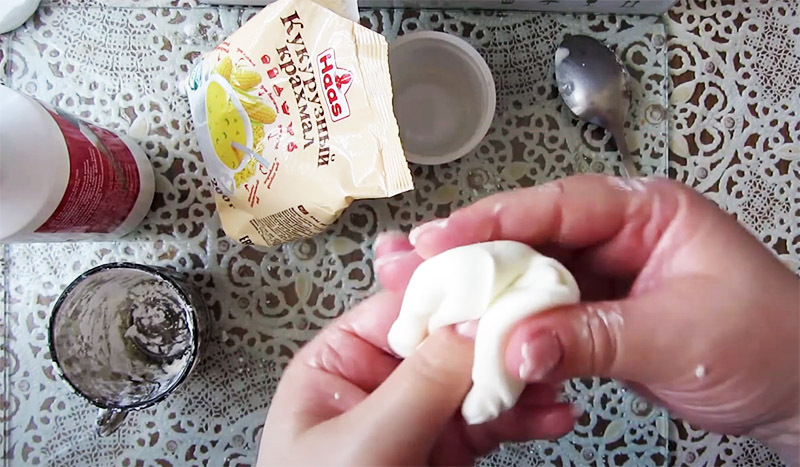
The last moment in kneading not to be missed
When the mass is ready, it may seem like it's time to start sculpting. However, it is not. It is necessary to put it in a plastic bag and let it brew for about half an hour. During this time, the starch will completely dissolve. It remains to knead the self-hardening plastic again - and you can sculpt.
Coloring the mass in the desired shade
Despite the fact that products from cold porcelain are easily painted after drying, it is sometimes necessary to initially give the mass a certain shade. This can be done using ordinary gouache. The algorithm of actions is as follows.
First, the ready-made mass for modeling is divided into the necessary parts according to the number of colors. After it is spread out in the bag, the mass will crumble a little. This is not scary, after kneading, the necessary pliability will return to her.

A separate part should be flattened a little, and then applied to the resulting "pancake" gouache of the desired color. If you don't have gouache at hand, any acrylic paint or even ink from a pen refill is fine.
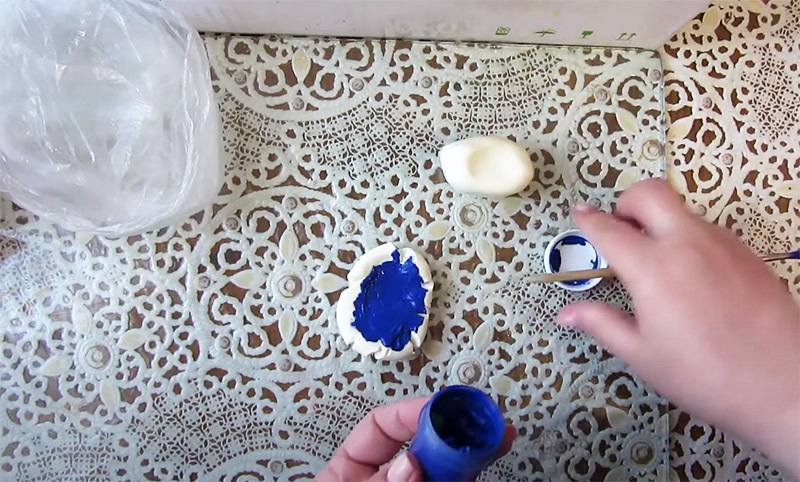
It remains only to thoroughly knead the painted self-hardening plastic so that it becomes homogeneous. Although for some elements brindle color may also be required - here you already need to look at the circumstances.
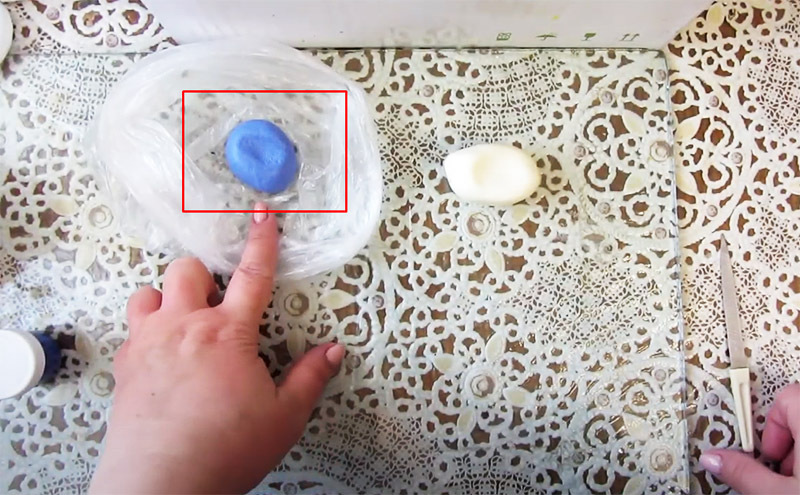
What is self-hardening plastic used for?
The area of use of such a mass is quite wide. Most often it is made for decorating various boxes, organizers and other crafts. However, some craftsmen claim that with the help of such cold porcelain it is possible to seal cracks and leaks in cast iron sewer pipes and even in steel or plastic pipes water supply. The HouseChief editors cannot confirm or deny this statement, so it is better to talk about what such compositions are really often used for.
In order to make various decorative elements from self-hardening plastic, you do not need to have an art education. It is enough to purchase silicone molds, which are filled with ready-made mass for modeling, and after it dries, they can be easily removed.
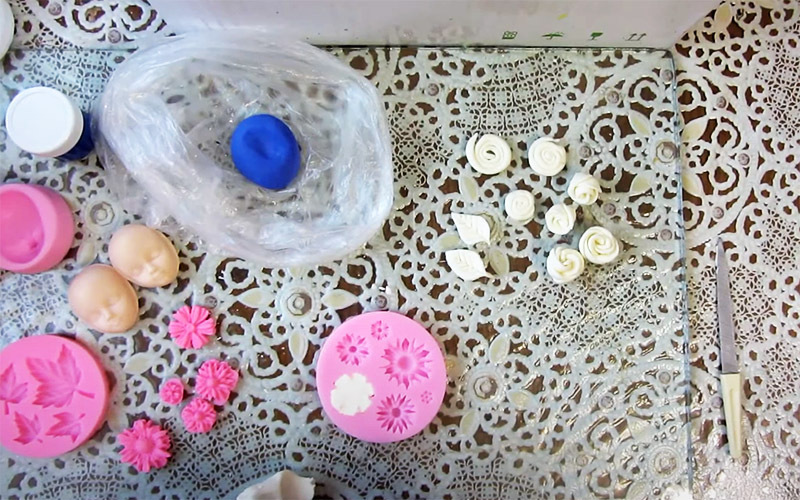
Final word
Self-hardening plastic, or cold porcelain, has recently become more and more popular. This is especially facilitated by the pandemic, which drove people into apartments. By the way, I would like to say the following about this. If you, fearing a virus, do not leave the apartment, then it is time to change your point of view. Outdoor walks are essential! After all, nothing prevents you from wearing a mask and keeping your distance. And if there is an opportunity to go out into nature, where there are absolutely no people, then this is generally wonderful!
We hope that the information presented by us today will be useful to you. HouseChief editors will be happy to answer all questions, if any, you may have while reading the article. You just need to explain their essence in the comments below. There you can also discuss whether it is worth making self-hardening plastic yourself, as well as share your recipes for cold porcelain, if you have them in your arsenal. Was the article interesting to you? Then don't forget to rate it. After all, every opinion is important to us. Take care of yourself, your loved ones and be healthy!

